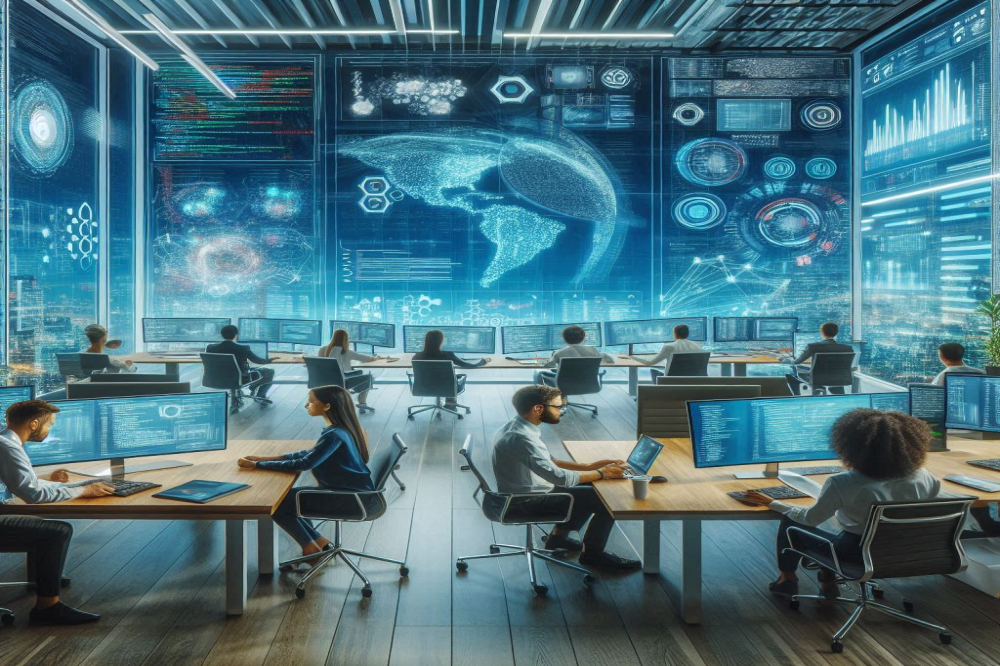
The software development landscape continues to evolve at an unprecedented pace, driven by technological innovations and changing business needs. In 2025, we're witnessing several transformative trends that are reshaping how developers work and how software solutions are delivered. Let's explore the most significant developments that are defining the industry this year.
Artificial Intelligence has moved beyond being just a feature in applications to becoming an integral part of the development process itself. AI-assisted coding tools have matured significantly, offering developers intelligent code completion, bug detection, and even architectural suggestions. These tools now understand context better than ever, helping developers write more efficient and secure code while reducing development time by up to 40%.
Key developments in this space include:
The low-code/no-code movement has reached new heights in 2025, democratizing software development for businesses of all sizes. Enterprise-grade low-code platforms now support complex workflows and integrate seamlessly with traditional development environments. This hybrid approach allows professional developers to focus on complex tasks while enabling citizen developers to contribute meaningfully to projects.
Environmental consciousness has become a crucial factor in software development. Developers are now prioritizing energy-efficient code and sustainable computing practices. This includes:
WebAssembly (Wasm) has emerged as a game-changing technology, enabling near-native performance for web applications. Its ecosystem has expanded dramatically, supporting multiple programming languages and frameworks. Developers are increasingly using Wasm for:
While still in its early stages, quantum computing has begun influencing mainstream software development. Forward-thinking organizations are preparing their applications for quantum advantages, particularly in:
Security has become inseparable from the development process. The DevSecOps approach has evolved to include:
Edge computing has reached new levels of sophistication in 2025, with improved frameworks and tools for developing edge-native applications. Developers are leveraging edge computing for:
The tools and frameworks for cross-platform development have become more sophisticated, offering better performance and native-like experiences. Key improvements include:
Blockchain technology has evolved beyond cryptocurrencies, finding practical applications in various domains. Developers are implementing blockchain solutions for:
Microservices architecture continues to evolve, with new patterns and practices emerging:
As we progress through 2025, these trends are likely to continue evolving and intersecting in interesting ways. The key to success lies in staying adaptable and embracing these changes while maintaining focus on delivering value through reliable, secure, and efficient software solutions.
For developers and organizations, the challenge is not just keeping up with these trends but strategically adopting those that align with their goals and capabilities. As the software development landscape continues to evolve, the ability to effectively integrate these trends while maintaining code quality and security will be crucial for success.
The future of software development looks increasingly automated, intelligent, and sustainable. By staying informed about these trends and thoughtfully incorporating them into development practices, organizations can position themselves for success in an increasingly digital world.